Chickpea flour has gained momentum in gluten-free baking, offering a nutritious and flexible alternative to traditional flours. This flour is becoming a staple ingredient for those who follow gluten-free diets, providing a way to enjoy familiar baked goods without compromising taste or texture. Its growing popularity is driven by the increasing demand for gluten-free options and the desire for more nutrient-rich ingredients in daily cooking.
What Is Chickpea Flour And Why Is It Popular In Gluten-Free Baking?
Chickpea flour, also known as gram flour or besan, is made from ground chickpeas, either raw or roasted. It has a pale yellow hue and a slightly nutty taste, which pairs well with sweet and savoury dishes. Chickpea flour's high protein and fibre content sets it apart from other gluten-free alternatives. Many gluten-free flours, like rice or corn flour, lack the structure-building proteins in wheat, making chickpea flour an excellent option to mimic that texture.
Chickpea flour is famous for gluten-free baking because it enhances flavour and texture. In gluten-free baking, achieving the right consistency can be challenging, but chickpea flour brings a naturally dense and moist quality to baked goods like breads, muffins, and cakes. It also combines with other gluten-free flours, offering versatility in various recipes without adding artificial binders or fillers.
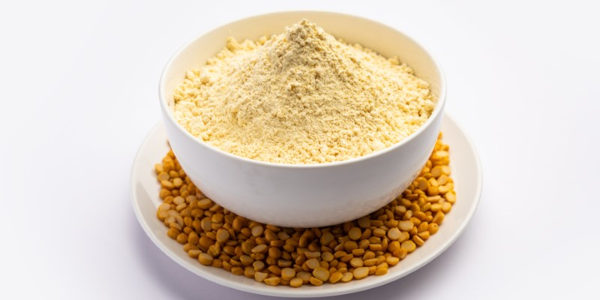
Health Benefits Of Chickpea Flour In Gluten-Free Diets
Chickpea flour, rich in protein, fibre, and vitamins, is a nutritious gluten-free alternative that supports digestion, heart health, and sustained energy, making it popular in gluten-free diets.
High Protein Content
Chickpea flour is an excellent plant-based protein source for those on a gluten-free diet, offering 6 grams of protein per quarter cup. It boosts the nutritional content of baked goods, making it an excellent choice for vegetarians and vegans who avoid gluten-containing grains.
Rich In Fiber
Chickpea flour is a fibre-rich, gluten-free alternative that supports digestive health. Unlike delicate grain flour, it includes approximately five grams of fibre consistent with a sector cup, supporting digestion, preventing constipation, and stabilizing blood sugar levels, making it a healthy choice for baked goods.
Low Glycemic Index
Another health benefit of chickpea flour is its low glycemic index (GI), which means it doesn't cause sharp spikes in blood sugar levels. This is especially useful for people coping with diabetes or those seeking to maintain consistent power degrees at some point in the day. The fibre and protein in chickpea flour slow down digestion, promoting a more gradual release of glucose into the bloodstream.
Rich In Micronutrients
Chickpea flour is a fibre-rich, gluten-free alternative that supports digestive health. Unlike refined grain flour, it provides around 5 grams of fibre per quarter cup, supporting digestion, preventing constipation, and balancing blood sugar levels, making it a better choice for baking.
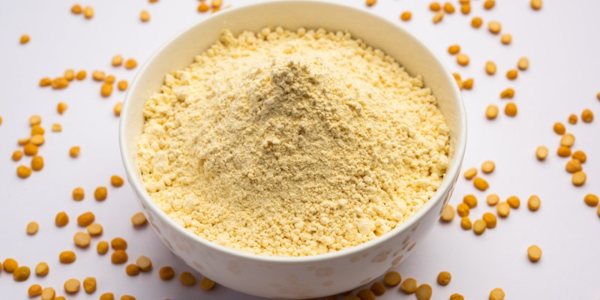
How To Use Chickpea Flour In Your Favorite Gluten-Free Recipes
Chickpea flour is versatile and easy to incorporate into many gluten-free recipes. Whether baking bread, making pancakes, or whipping up a savoury snack, chickpea flour can enhance the texture and flavour of your dishes.
Baking With Chickpea Flour
Chickpea flour can be used alone or with other flours like almonds or rice in gluten-free baking. Substituting up to 25% of regular flour in muffins, cakes, or cookies enhances moisture and adds a denser texture. For bread, chickpea flour creates a heartier loaf and works well with lighter flour like sorghum. Its binding properties mimic gluten, making it ideal for gluten-free recipes.
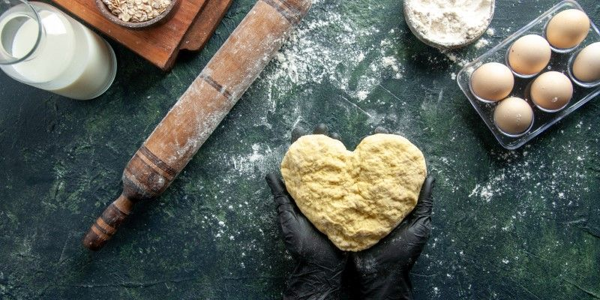
Savory Dishes
Chickpea flour is a star ingredient in many savoury recipes. In Indian cuisine, it's used to make flatbreads, such as socca and besan cheela, which are naturally gluten-free and high in protein. These dishes offer a flavorful alternative to traditional wheat-based breads and are simple to prepare at home.
You can also use chickpea flour to make batters for frying vegetables or proteins. Its texture creates a crisp outer layer without the heaviness of traditional wheat flour. Chickpea flour can also thicken sauces or soups, giving them a creamy consistency without needing dairy or gluten-based thickeners.
Egg Substitute
Chickpea flour is a great egg substitute for vegans and individuals with egg allergies. Mixing chickpea flour with water, you can create a batter that mimics the binding properties of eggs in dishes like pancakes, frittatas, or quiches. This method adds extra protein and fibre to your meals, making it a healthier alternative to traditional egg substitutes.
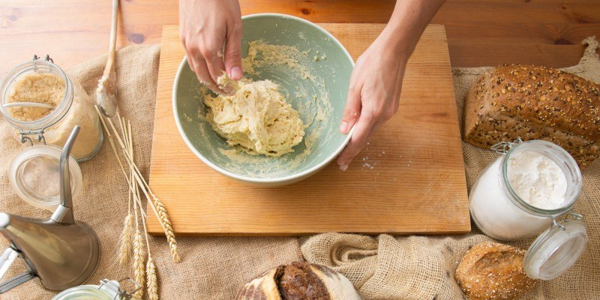
Chickpea Flour Vs. Traditional Flours: Why It’s A Game Changer In Gluten-Free Baking
Chickpea flour, rich in protein, fibre, and nutrients, is a popular gluten-free alternative. It enhances sweet and savoury dishes with unique texture and flavour, offering more than a gluten substitution.
Gluten-Free Baking Challenges
Traditional baking relies heavily on gluten, a protein found in wheat, barley, and rye that gives baked goods their structure, elasticity, and chewiness. Gluten-free baking often fails to replicate these qualities, leading to dry, crumbly, or dense products. Many gluten-loose flours lack the binding properties of gluten, making the application of components like xanthan gum or guar gum essential to acquiring the proper texture.
The Chickpea Flour Difference
What makes chickpea flour a game changer is its naturally high protein and fibre content, which helps create a more cohesive dough or batter without the need for excessive additives. Chickpea flour's structure helps trap air pockets during baking, leading to lighter, fluffier results. It also retains moisture better than many other gluten-free flours, resulting in baked goods that stay fresh for longer.
Chickpea flour also provides an excellent nutty taste to recipes, improving candy and savoury dishes. Unlike other gluten-free flours that taste bland or starchy, chickpea flour offers a richer, more complex flavour, making it a favourite among home bakers and chefs.
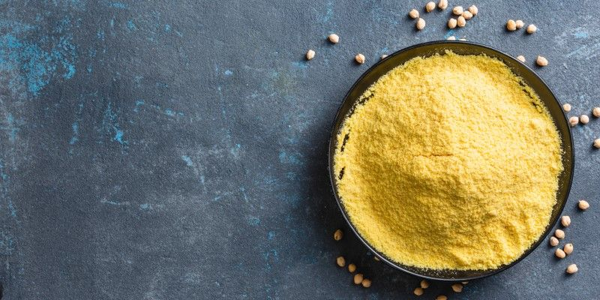
Conclusion
Chickpea flour has cemented its place as a versatile and nutritious ingredient in gluten-free baking. Its ability to improve texture, add moisture, and boost nutritional content sets it apart from other gluten-free flours. With its high protein and fibre content, low glycemic index, and rich supply of essential nutrients, chickpea flour offers a healthier and more flavorful alternative to traditional baking flour. Whether used in bread, savoury dishes, or as an egg substitute, chickpea flour revolutionizes gluten-free kitchens with its flexibility and unique properties.
-
When to Transition from Puppy Food to Adult Dog Food
The transition from puppy food to adult dog food is climacteric for their maturation and well-being. As canines age, their dietary requirements transform, and the caloric and protein-packed puppy sustenance that was once advantageous may turn superfluous, potentially resulting in health complications such as adiposity. Conscientious pet owners must discern the appropriate moment for this transition to ensure optimal health outcomes for their furry companions. This detailed exposition elucidates the critical timing and considerations in transitioning a puppy to adult dog food.
-
How to Deal with Common Pet Behavioral Issues
Pets bring immeasurable joy and companionship into our lives, but let's face it—they can also come with their fair share of behavioral challenges. Every pet owner has encountered a quirky behavior or two, from incessant barking to furniture-chewing escapades. Fear not; we're here with some down-to-earth tips on tackling these common pet behavioral issues.
-
How to Build the Ultimate Playground for Your Ferret
Hey there, fellow ferret enthusiast! If you've got a frisky furball at home, you know they're more than just pets – they're part of the family. Creating the ultimate playground for your ferret isn't just about spoiling them rotten. It's about giving them a space to explore, exercise, and be playful. In this guide, we'll walk you through the steps to construct a ferret wonderland to keep those wiggly whiskers waggling with joy.